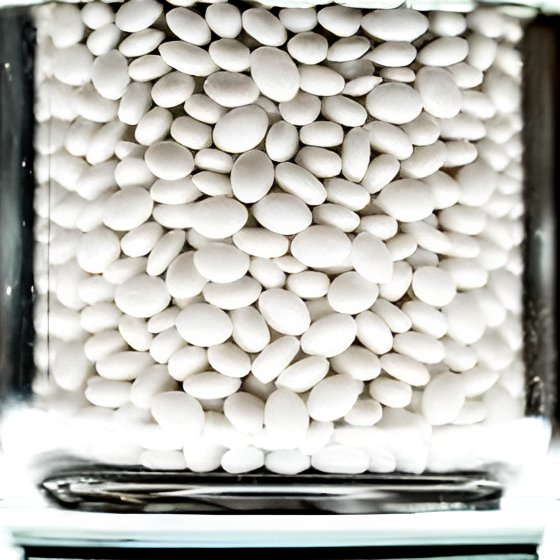Subtotal $0.00
Polymer prices have now fallen for five consecutive months, reaching their lowest level since summer 2023. The decline is largely due to a sharp fall in the cost of styrene monomer and persistently weak demand.
In July, general-purpose polystyrene (GPPS) prices dropped by slightly less than the €72/tonne reduction in the styrene monomer reference price. Similarly, in August, GPPS prices fell by less than the €35/tonne styrene monomer decrease. Sellers are deliberately retaining part of the cost reduction to improve operating margins.
Polyolefin Polymer Prices Under Pressure
Polyolefin polymer prices in July were mostly unchanged compared to June, following a rollover in ethylene and propylene monomer settlements. Producers initially attempted to raise prices by €30/tonne to stabilize the market. However, converters resisted, and most settlements eventually rolled over without increases.
At the beginning of August, polyolefin producers again tried to stabilize prices to protect margins, despite a €10/tonne fall in ethylene and propylene contract settlements. Buyer resistance forced sellers to pass on similar discounts, matching the feedstock cost reductions.
PVC Prices Stay Relatively Stable
PVC prices remained firm in July after ethylene settled on a rollover basis. Producers showed determination to maintain their margin improvement plans. Yet, by mid-August, base PVC prices fell in proportion to the reduced cost of ethylene.
PET Market Shows Mixed Trends
PET prices strengthened slightly in July. This was due to higher paraxylene costs, rising spot prices, and improved demand. However, by mid-August, the trend reversed. A weaker holiday-season demand and falling raw material costs pushed PET prices downward once again.
Supply Situation
Supply across Europe remains more than adequate despite reduced production rates and several plant shutdowns. This means availability continues to meet the low demand seen across most product categories.
- HDPE, LLDPE, PS, PET, and PP supply remains normal but at lower levels.
- LDPE and base PVC are tighter in supply.
Recent supply developments include:
- INEOS Styrolution shut down its Belgium GPPS/HIPS plant on Aug. 10 for maintenance.
- LyondellBasell halted its PP plant in Italy on Aug. 12 for maintenance.
- Repsol declared two force majeures on Aug. 10 for LDPE and EVA deliveries from Puertollano, Spain, citing “unforeseeable technical problems in the refinery unit.”
- Vynova announced plans to halt PVC production at Beek, Netherlands, in November 2025.
Weak Demand Across Sectors
Polymer demand has been far below expectations for the last two months. The weak European economy and ongoing consumer uncertainty have limited orders, particularly from the automotive and construction industries.
Additionally, the annual summer holiday shutdown season has further reduced activity in August. As a result, converters are only purchasing enough raw materials to meet immediate production needs.
Outlook for September
Looking ahead, petrochemical feedstock costs are expected to decline again in September, but the reductions may be modest. Brent crude oil prices fell from around $71/barrel at the beginning of August to $65.7/barrel by mid-month. Likewise, naphtha prices slipped from $561/tonne to $554/tonne over the same period.
On the macroeconomic side, higher US tariffs on several trade partners took effect on August 1. This development has raised fears of weaker global economic activity, which could reduce oil demand. At the same time, supply is set to rise further as OPEC+ has announced another production increase.
Disclaimer: This blog article references and summarizes information originally published on Sustainable Plastics. All credit for the primary reporting and statements belongs to the original source. We have curated and presented the content here solely for informational and educational purposes, without claiming ownership of the original reporting.
Source: Sustainable Plastics



